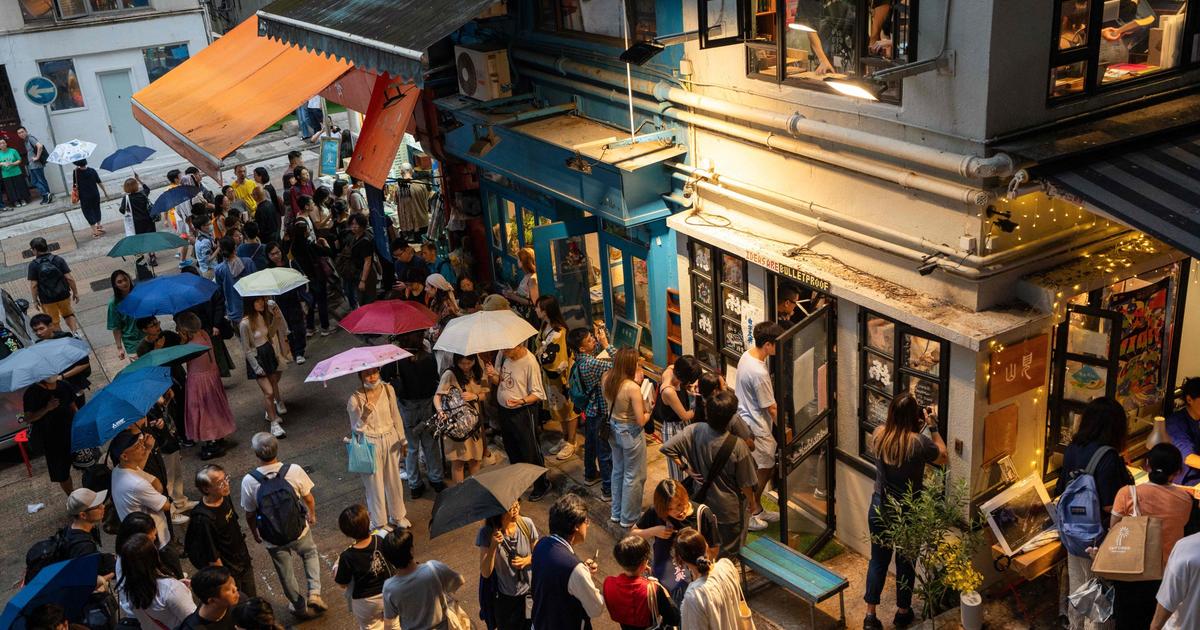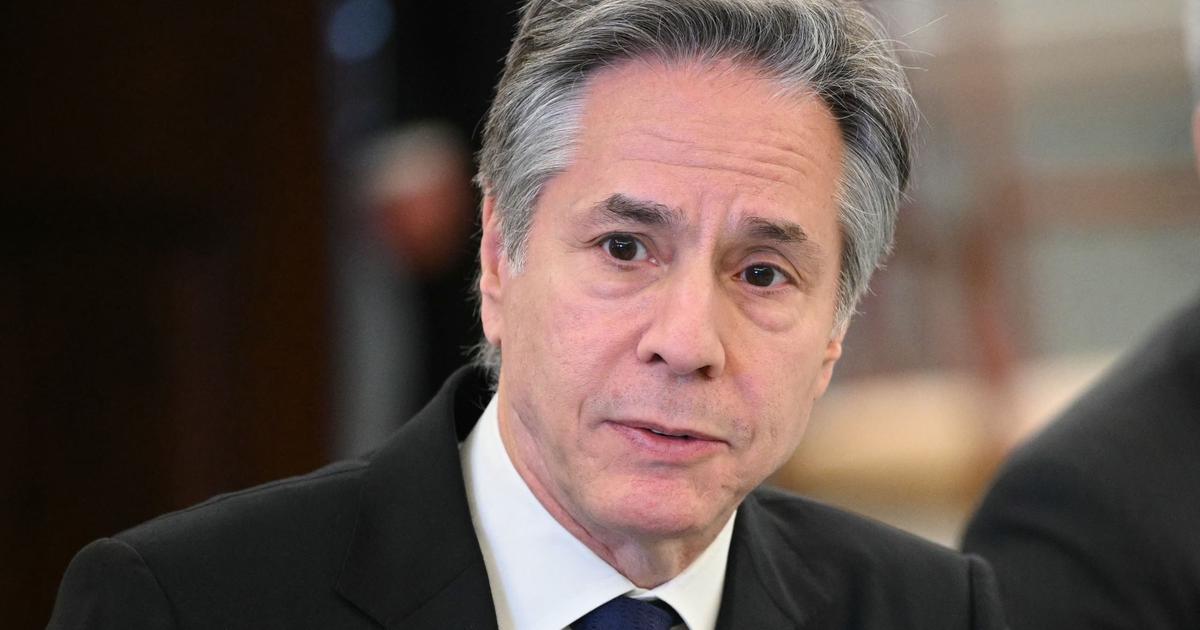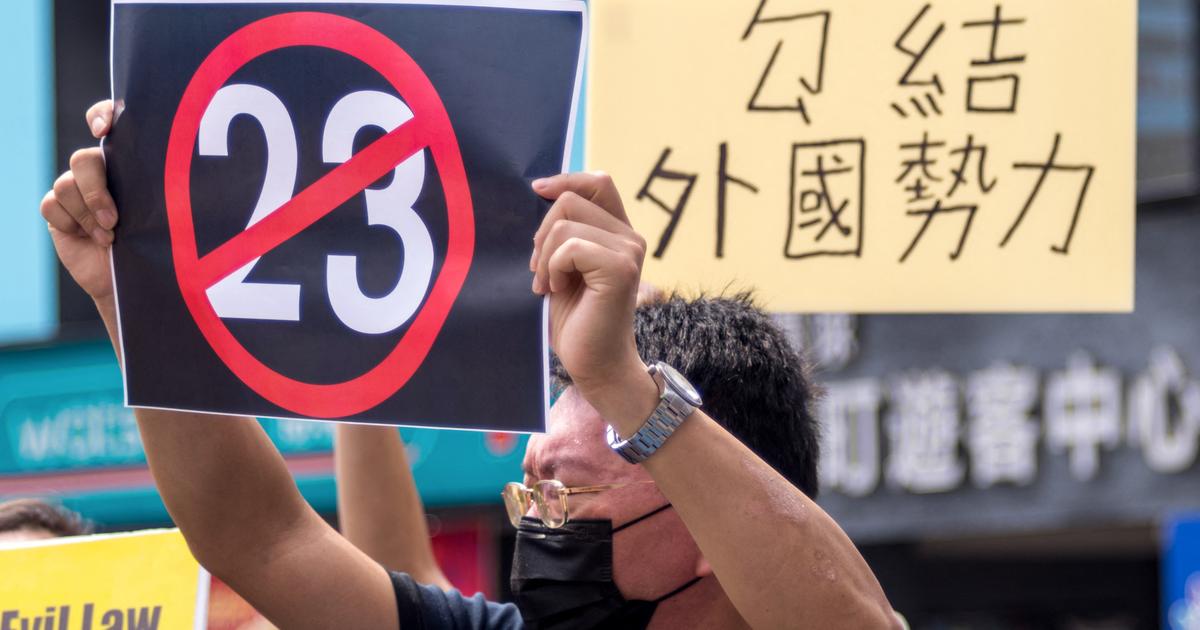The past 2021 is the 100th anniversary of the founding of the Communist Party of China. Looking back on the 100-year history of the CCP, Hong Kong and Macao, especially Hong Kong, have always played a unique and important role.
On June 7, 2021, Cao Erbao, an adjunct professor at the Shenzhen International Graduate School of Tsinghua University, who was the head of the Research Department of the Hong Kong Liaison Office and a special researcher at the Counselor's Office of the State Council of China, held a seminar on the Communist Party of China in the Party History and Literature Research Office of the Shenzhen Municipal Committee of the Communist Party of China. Lectures on the history of Hong Kong and Macao chapters.
By sorting out and analyzing the shared destiny of Hong Kong and the Chinese revolution, he believes that Hong Kong has a unique overall status function that is incomparable and irreplaceable in the mainland.
In a sense, it is precisely because Hong Kong is so unique and important in modern history that the CCP adopted a highly flexible and pragmatic policy towards Hong Kong that was different from that of mainland cities after the founding of the People’s Republic of China, including the “One Country, Two Systems” proposed by Deng Xiaoping.
This article is the first chapter of the first chapter of Cao Erbao's lecture "The First Chapter on Studying the History of the Communist Party of China, Hong Kong and Macau" (1921-1949), which was originally published on the WeChat public account "One Needle Sees the World" and is reproduced with permission from "Hong Kong 01".
One of the series "Cao Erbao Talks about the CCP and Hong Kong"
In July last year, on the 100th anniversary of the founding of the Communist Party of China, Chief Executive Carrie Lam was the officiating guest of the "Celebration of the Centennial of the Communist Party of China and the 20th Anniversary of the Hong Kong Association for the Promotion of Culture".
(Photo by Liang Pengwei)
Since before and after the birth of the CCP, Hong Kong and Macao compatriots have been in various stages and periods of the Chinese revolution: they have never been absent; Hong Kong and Macao, especially Hong Kong, are the place where the CCP and the modern Chinese revolution “sprouted their original aspirations”; even when the CCP led the Chinese people to seize national power In its 28-year turbulent course, it has shown its unique and irreplaceable overall status function that is incomparable and irreplaceable in the mainland.
This is Cao Erbao, an adjunct professor at the International Graduate School of Tsinghua University and a former special researcher at the Counselor's Office of the State Council of China, on June 7, 2021 at the "Celebrating the 100th Anniversary of the Communist Party of China Lecture" at the Party History and Literature Research Office of the Shenzhen Municipal Committee of the Communist Party of China. The opening remarks of the special report "The First Chapter of the History of the Communist Party of China, Hong Kong and Macau".
The first chapter opens up the world, the long night of lightning (1921-1937)
He quoted Mao Zedong's famous saying "The Communist Party was born in China, this is a great event that broke the world" and Mao's famous poem "It is difficult to see the sky in the red county in a long night." Follow the CCP to fight bloody battles; Hong Kong and Macao, especially Hong Kong, in the "First Revolution" and "Second Revolution" (also known as the "Agrarian Revolution" or "Ten Years of Civil War"), were broken by violent lightning and thunder. A famous landmark in the long night sky of old China.
1925 Provincial and Hong Kong strikes.
(file picture)
[01] The original intention was sprouted, and the labor movement tsunami
1. The early organization of the CCP has Hong Kong
The authoritative history books of the CCP collectively refer to the “early organizations of the Communist Party” as the “early organizations of the Communist Party”, that is, from the autumn of 1920 to the spring of 1921, that is, before the National Congress of the Communist Party of China announced the establishment of the Communist Party of China in July 1921 of which 6 are in China and 2 are overseas: none in Hong Kong.
However, according to the reliable historical data disclosed by the Comintern files declassified by Russia, there should be seven early organizations of the CCP in China, and one in Hong Kong.
That is to say, Hong Kong is also the place where the CCP's "initial aspirations are budding"!
Please see Zhang Tailei (the main founder of the Chinese Communist Youth League and the main leader of the Guangzhou Uprising during the founding of the Chinese Communist Party), who was then Secretary of the Chinese Section of the Far East Secretariat of the Comintern and a representative of the Communist Party of the Third Congress of the Comintern. The Secretariat made the following report: "As of May 1, 1921, the Communist Party of China already had seven provincial party organizations (all with elective committees), namely: Shanghai, Guangzhou, Beijing, Tianjin, Wuhan and Hong Kong, etc. .” Among them, “Hong Kong organization, which not only relies on 12 of the 30 labor union organizations in Hong Kong, but also maintains contact with workers in Fuzhou, Shantou, Macau and other cities.”
This answers a question: in August 1921, the next month after its birth, the Chinese Communist Party, which established the "Secretary Department of the Chinese Labor Combination", why was it able to successfully instigate two national controversies in Hong Kong rather than elsewhere in China? , The tsunami of labor movement that shocked the world: Hong Kong seafarers strike and provincial and Hong Kong strikes.
Cao Erbao, the former head of the Research Department of the Liaison Office of the Central People's Government, detailed the historical origins of Hong Kong and the CCP, as well as Hong Kong's unparalleled unique position in the country.
(online picture)
2. The first climax of the modern Chinese labor movement, Hong Kong is the starting point
Although the Hong Kong seamen's strike in January-February 1922 only lasted for 56 days, its significance cannot be underestimated when observed and evaluated from the overall situation of the Chinese revolution.
(1) The CCP chose Hong Kong as the starting point of China’s first labor movement upsurge, and its positioning was precise.
Mao Zedong said: "Compared with the Chinese bourgeoisie, the Chinese proletariat is older in age and qualifications, and has a broader social strength and social foundation." This is because the Chinese proletariat "came with imperialism to directly manage enterprises in China." .
And Hong Kong was the first place where imperialists "directly operated enterprises in China".
Historical data show that the first batch of industrial proletarians in China were Chinese laborers who worked as coolies in the Hong Kong Abaiding Dockyard founded by British businessmen in the 1840s.
(2) This strike marks the Chinese proletariat on the stage of history.
The "Aid Hong Kong Seamen" organization has been established along the Beijing-Hanzhou Railway. The Beijing-Hanzhou Railway Strike, known as the "27th Strike" in history, and the previous strikes at Anyuan Road and Minmetals, Kailuan Minmetals, etc., are closely followed by Hong Kong. The seafarers' strike happened, wave after wave.
1922-23 was known as the "Year of the Chinese Labour Movement": there were more than 300 strikes across the country, large and small, with 300,000 workers participating, proclaiming that the Chinese working class had awakened.
(3) The organizer of this strike was the CCP, not the Kuomintang.
Since the CCP was in a state of secrecy when it was founded, the two strike leaders, Su Zhaozheng and Lin Weimin, both acted as members of the Kuomintang.
They all later joined the CCP and held key positions: Su was a member of the Politburo Standing Committee, and Lin was the chief executive of a national trade union created by the CCP.
The Hong Kong seamen's strike in 1922 started the first wave of strikes across the country in the 1920s. The latter mobilized more than 100,000 workers and almost paralyzed Hong Kong, in order to put pressure on the British Hong Kong government to fight for the freedom of Chinese assembly and association, speech and publication, and strikes. The labor law stipulates the rights of the eight-hour working day, the minimum wage system, the abolition of the labor contract system, and the improvement of the lives of women and child laborers.
(Image credit: Wikimedia Commons)
3. The largest trade unions and branches in China are all over the country, and Hong Kong is the birthplace and starting station
The provincial and Hong Kong strikes from June 1925 to October 1926 further demonstrated the unique overall status and function of Hong Kong and Macao, especially Hong Kong, in the Chinese revolution.
(1) The largest trade union organization in China was born.
On the eve of and during the provincial-Hong Kong strike, the CCP organized two "National Labor Conferences" in Guangzhou; the second conference on May 1 decided to establish the "All-China Federation of Trade Unions" ("ACFTU").
In just one year, the ACFTU has established 166 branches in China with 800,000 to 900,000 members.
The "Hong Kong Federation of Trade Unions" was the first branch of the National Federation of Trade Unions; Lam Wai-min, the leader of the Hong Kong Seamen's Strike, was the first chairman of the National Federation of Trade Unions.
It was during this labor conference that Liu Shaoqi, then vice chairman of the ACFTU, drafted the famous Trade Union Organization Law.
(2) The Kuomintang and the Communist Party jointly led a successful anti-imperialist struggle.
This can be seen from the composition of the strike committee: Chairman Su Zhaozheng, advisors Liao Zhongkai, Deng Zhongxia, etc.
Liao was Sun Yat-sen's right-hand man and a famous leftist of the Kuomintang. He was then the finance minister of the Kuomintang government and the governor of Guangdong. The province spared no effort in supporting the strike. Deng was the party secretary of the CCP's strike committee and later an alternate member of the Central Committee. He and Su Zhaozheng were the instigators of the Hong Kong side. The main driver of the strike.
(3) The highest political goal throughout the strike is to "take back Hong Kong", and for the first time put forward "Hong Kong people ruling Hong Kong with Chinese as the main body".
The former can be seen in the political resolution of the first congress of the Hong Kong Federation of Trade Unions; the latter is a famous quote by Deng Zhongxia: "The 330,000 Chinese out of the 340,000 people in Hong Kong must organize their own government and manage themselves."
(4) Violently impacted the foundation of British colonial rule in Hong Kong, and successive Hong Kong governors have "discussed" about this strike.
In order to suppress the strike, the British Hong Kong first formulated an "emergency ordinance" that the Hong Kong governor could enforce without legislation. It was not yet implemented at the time, but the impact on Hong Kong's governance continued to be far-reaching.
(5) Created the longest strike in the history of the world labor movement: 16 months!
This record remained until the 1980s.
Further reading:
Cao Erbao talks about the CCP and Hong Kong.
2 | The tragic national conditions and special party conditions inspire extraordinary Hong Kong policies. Cao Erbao talks about the CCP and Hong Kong.
3| Zhou Enlai is a representative of the correct line of work in Hong Kong and Macau




/cloudfront-eu-central-1.images.arcpublishing.com/prisa/3I74UEXLYRBBRPGPSGWNN6WXH4.jpg)


